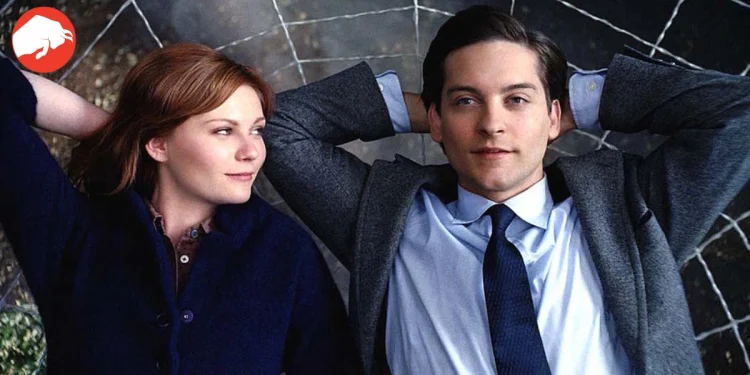The Illusion of Importance: Mary Jane Watson in the Original Spider-Man Trilogy
“In the very first scene of the 2002 Spider-Man, Peter Parker (Tobey Maguire) tells us in a voice-over that this is a story about a girl,” but was it really? As time has passed and conversations about female representation in cinema have evolved, it’s become glaringly obvious that Mary Jane Watson (Kirsten Dunst) was more a plot device than a pivotal character. Let’s dissect how the original Spider-Man trilogy did a disservice to one of its most iconic characters.
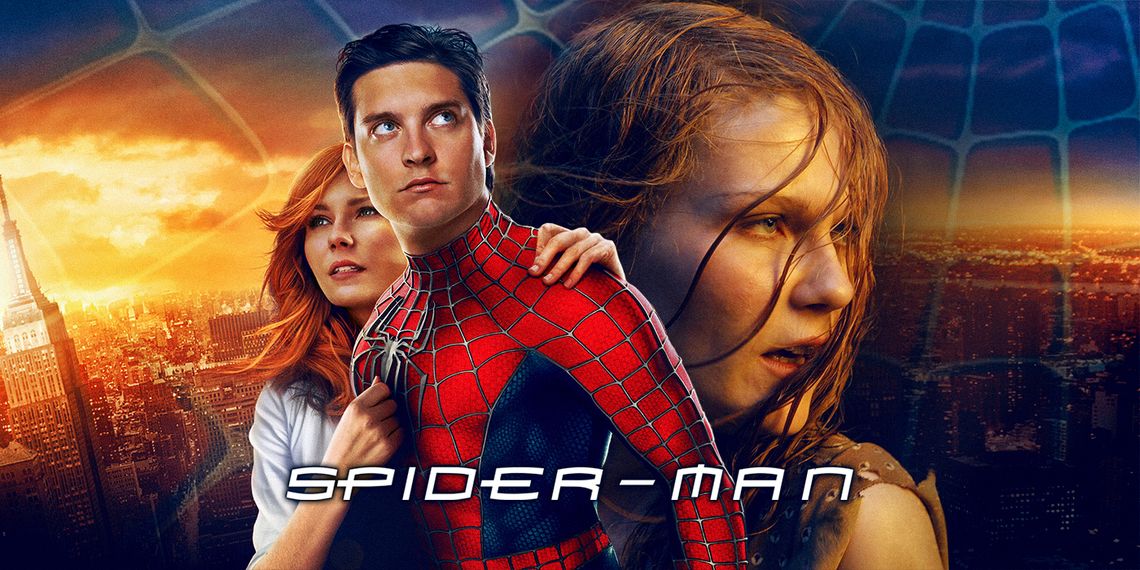
The Golden Age of Superhero Films: Setting the Stage
“Back when the first Spider-Man was released, we had a very limited idea of what super-hero movies were capable of.” The film was groundbreaking, setting the stage for what superhero movies could achieve. It was a time when the genre was still finding its footing, and Spider-Man was a beacon showing how far it could go.
“Ask any Marvel fan to make a top 10 list, and you’re bound to see Spider-Man 2 as an entry somewhere.”
The Problematic Trope: Mary Jane as the Girl Next Door
“The problem was, Spider-Man was so popular it set the bar for what should and shouldn’t work in a live-action comic book adaptation, and when it came to women, that bar was really, really low.” Mary Jane starts as the quintessential girl next door, a trope that has been criticized for its lack of depth.
“Mary Jane… changed boyfriends. And what’s worse, the change of boyfriends was a plot point designed to put a little conflict in Peter and Harry’s (James Franco) friendship.”
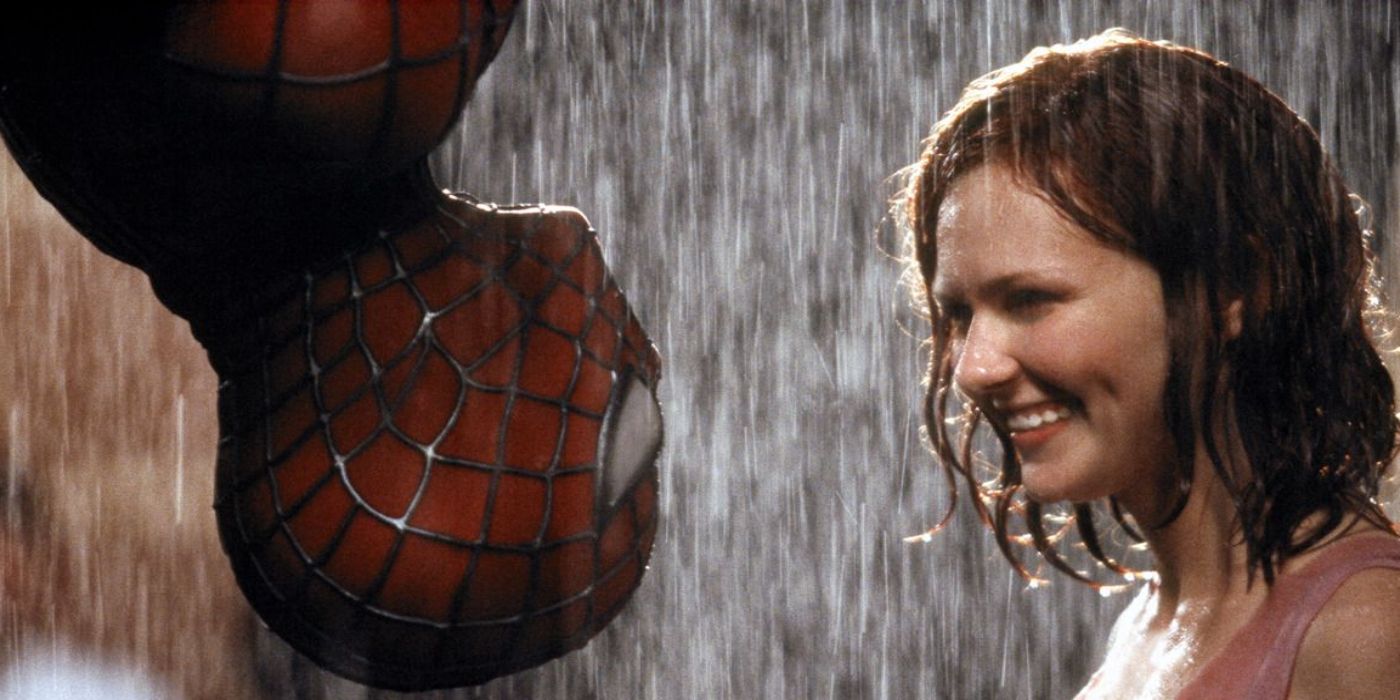
The Missed Opportunity: Spider-Man 2
“Sam Raimi Doubles Down on Romantic Tropes in ‘Spider-Man 2’.” The sequel had the chance to correct the course, to give Mary Jane the character development she deserved. Instead, it doubled down on the clichés.
“She is, once again, a woman who is waiting to be saved by the man of her dreams.”
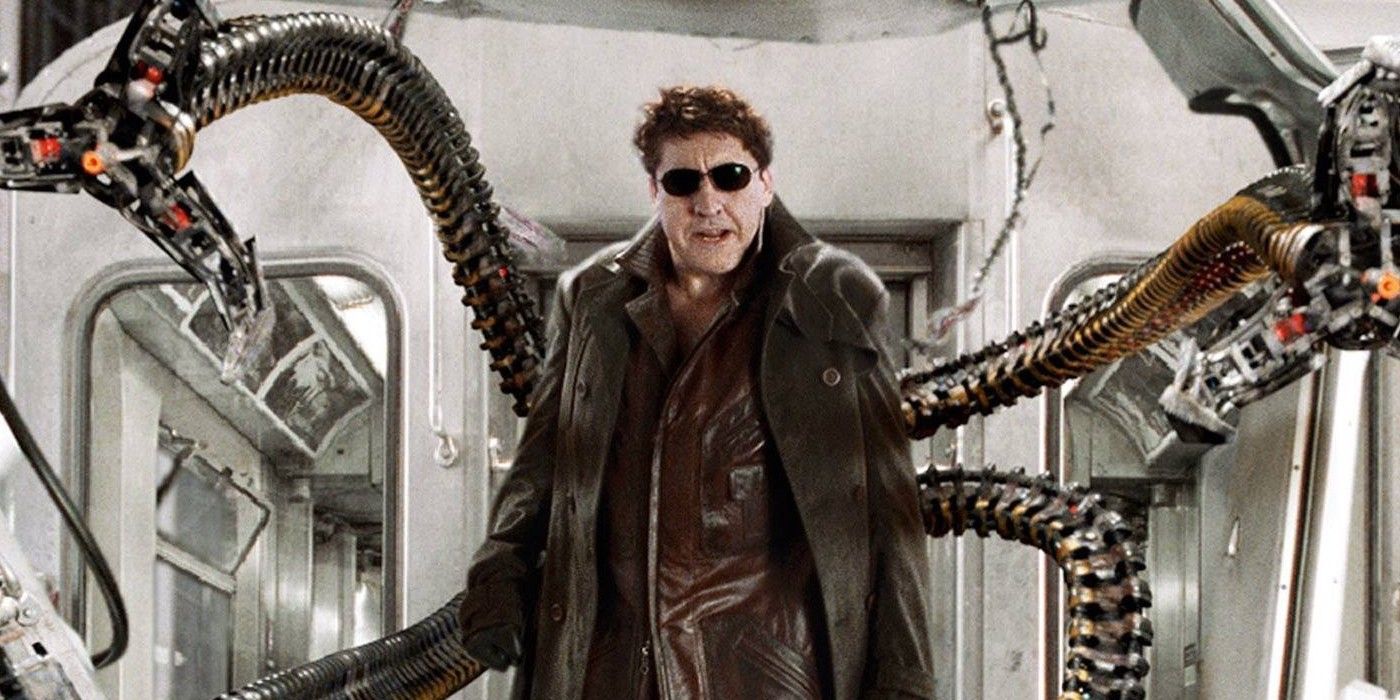
The Final Straw: Spider-Man 3
“Kirsten Dunst’s Mary Jane is Relatable in ‘Spider-Man 3′.” Ironically, the third installment gave us a glimpse of a more relatable Mary Jane. She’s struggling with her career, feeling overshadowed by Spider-Man’s growing popularity, and turns to Harry for emotional support.
“The movie is cruel to MJ, and I mean cruel: she is suffering from impostor syndrome, being reminded of her abusive father, getting no emotional support from her soon-to-be fiancé.”
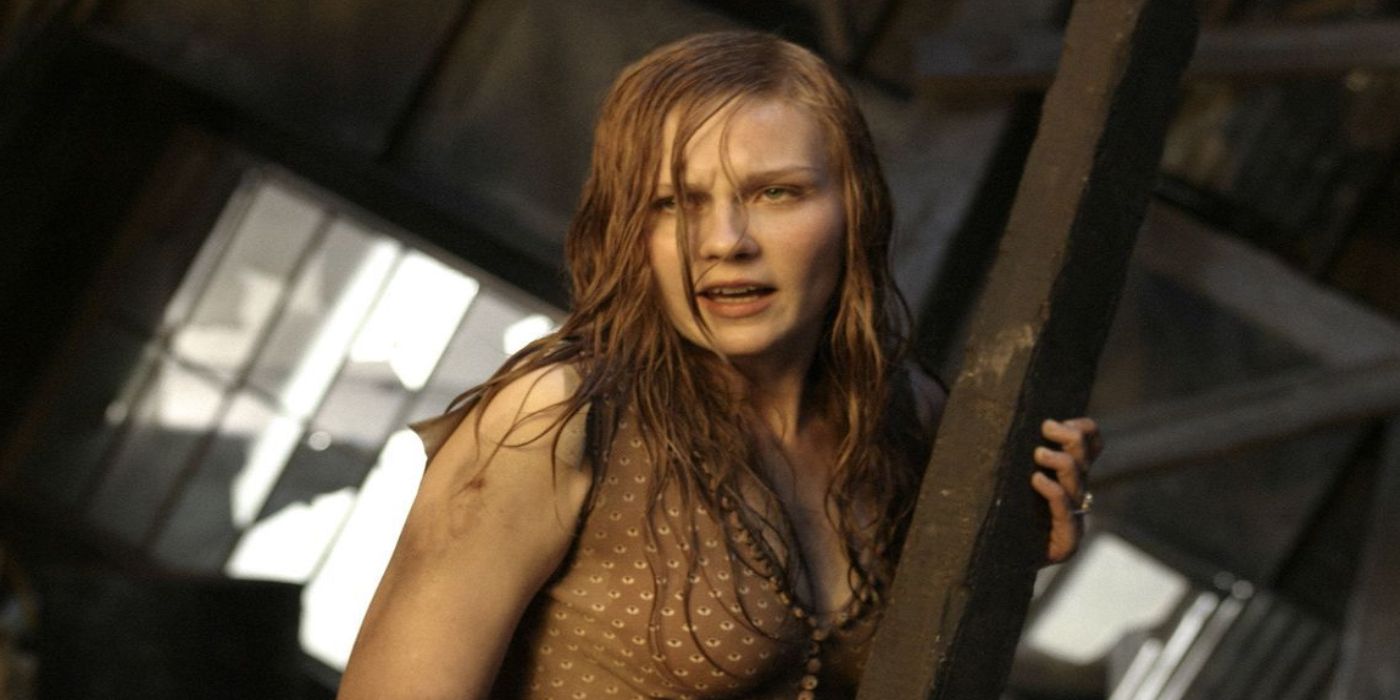
The Men Get Depth, But What About Mary Jane?
“Throughout the whole trilogy, Spider-Man went out of its way to show time and again how complex Peter and Harry’s relationship was.” The films explored the intricate dynamics between Peter and Harry, giving them layers and emotional depth. But Mary Jane remained a flat character, never evolving beyond her initial trope.
“Mary Jane was never granted the same depth. She went from girl next door to damsel in distress to plot device, all the while the men around her fought viciously for three-dimensionality and often got it.”
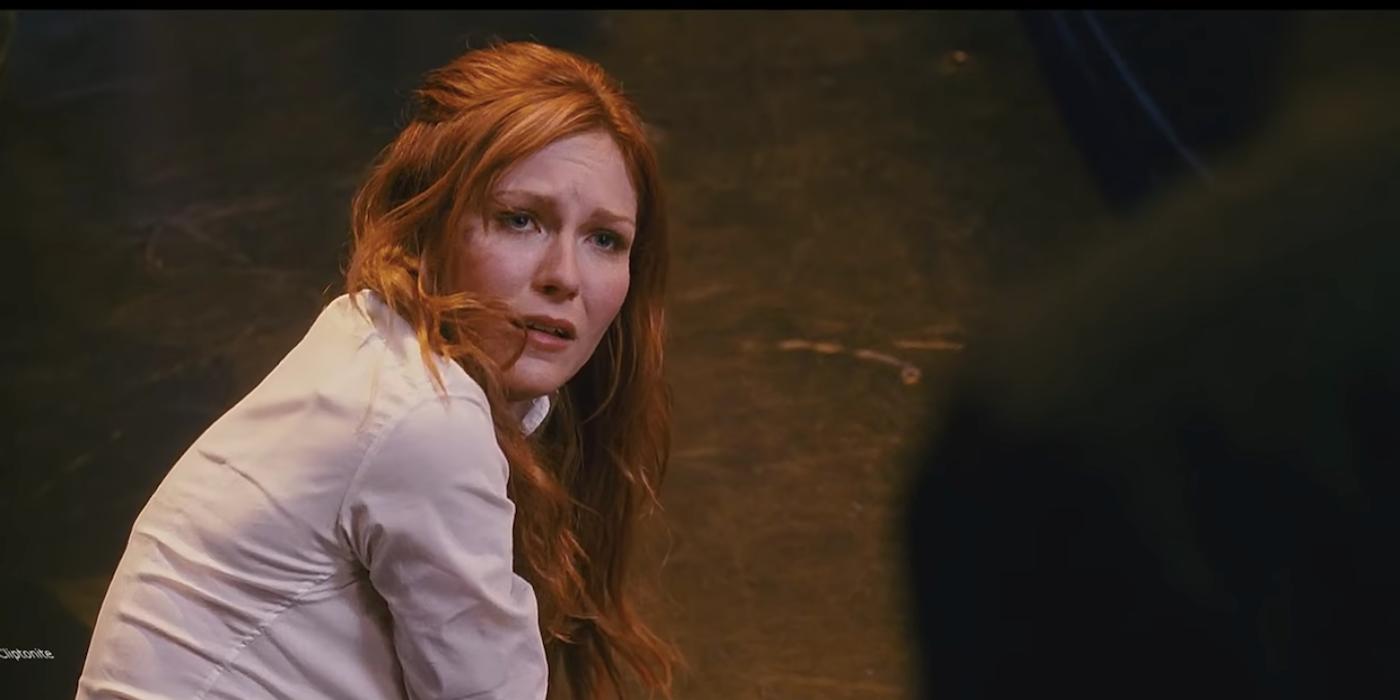
The Unresolved Issues: A Trilogy’s Missed Opportunity
The original Spider-Man trilogy was revolutionary for its time, but it also set some problematic precedents, especially when it came to its female characters. Mary Jane Watson could have been a complex, multi-dimensional character, but instead, she was reduced to a series of tropes and plot devices. As we look back, it’s clear that the trilogy missed an opportunity to do justice to one of Marvel’s most iconic women.


